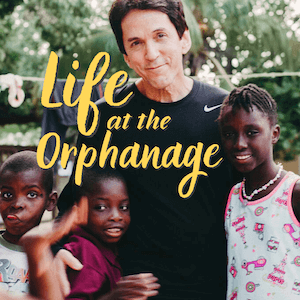NEW YORK — Most of the time, I have no affection for this city. It is, as locations go, a good place to get shot. Or run over. Or splashed by muddy water. Shoved through a subway door. Made dizzy by a cab ride. Poked in the ribs by a homeless person. Conned by some fast-talking dude moving a $20 bill under an eggshell.
New York, like most major cities in this country, holds its match closer to the gas pipe every day. It is this far from explosion. There is anger here so hot you can feel it on the back of your neck and impatience so prevalent you feel compelled to walk faster, even if you have nowhere to go. You hear the clomping mob on your heels or the disgusted sighs of people waiting behind you in line. No one has time. No one has room to breathe.
Street corners are claimed like land stakes in the 1800s; one madman owns this one, another madman owns that one. Out of nowhere, a guy starts screaming obscenities. People move to another corner. But there, a beggar is spinning in
a daze, his filthy sweatshirt reeking of urine, his eyes small and lifeless. The mob walks around him, keeping safe distance.
Ignoring people is a survival art in New York City. I remember, when I lived here, a man with dirty clothes and a grease-stained face who sang opera on the corner of 57th and Broadway every day for two or three hours, so loud you could hear him from across the street. Opera. Waving his arms, pacing the sidewalk. This happens in any small town, something is done. Someone tries to help, or at the very least, takes him away. Here, no one blinked. They walked right past him. Day after day, week after week. He was just this old man singing arias and blowing out his vocal chords, as his little piece of noise was lost in the big noise of cranes and horn-blowing traffic.
Escaping the urban anger
It is possible then, even expected, to feel completely hopeless in this city. Sometimes you can look north, south, east and west and see nothing that gives you joy.
And yet, there is still one time of day here — one time when the dirt settles — and you spot a tiny ray of light, a tiny piece of what must have drawn people to make cities in the first place.
Early morning.
Early morning, on the streets of New York, is still a sight. I’m talking maybe 6 to 7 a.m., not long after first light, when the skyscrapers seem to slowly awaken and shake loose the first stragglers from their lobbies. A jogger running down Madison Avenue. A matron walking her dog. A doorman stretching his arms and looking up and down the street.
If there is an urban parallel to a flower blooming, early morning is it. A shopkeeper unlocks his metal grate. A bakery’s doors are opened, allowing bread and muffin aromas to dance in delicious air. News stands have the morning papers stacked waist-high. Fruit vendors stock their boxes — strawberries, oranges, avocados, melons. A woman sweeps the sidewalk in front of her dry-cleaning shop.
This is before the horns start honking and the bus fumes choke the air; before the crush of briefcases and high-heels and frenzied bicycle messengers. This is when a street is still a street — not a floor for a circus — and you
can admire the way it goes on and on, lined with buildings and traffic lights, out to the horizon.
Early morning in the big city is the hour of the possible.
Big cities will survive
I bring all this up, because there is a terrible sense of despair in American cities these days. A feeling that, not only are the problems incredible, but they are unstoppable. That cities will never work. The crime, the dirt, the traffic, the decay. We might as well torch them right now and get on with moving to places like Montana or Myrtle Beach.
In Detroit, we have all but abandoned our city for anything other than work or the odd sports event. Most who live there do so out of convenience, habit, or lack of options. Few move in with the hope of a great experience. Downtown empties at 5 p.m. and shivers in the darkness. I think of that Petula Clark tune — “When you’re alone and life is making you lonely, you can always go . . . downtown!” — and I think of Detroit, and I realize that must really be an old song.
And yet, on a clear spring morning, even in the Big Apple, you can see why people came to cities in the first place. Why, from the days of the marketplace in Athens or the Forum in Rome, people were attracted to the idea of moving closer together: It’s the exchange of ideas, the sharing of time with neighbors, the observations, the interactions, the purchasing and selling
of wares.
As the sun finds its place above this, maybe the worst city in America, a fellow still leaves a coffee shop, buys a paper from a vendor, and says “How ya doin’?” And the vendor says “Good, and you?” I have no easy answer to the problems of American cities. Maybe we just need to get up a little earlier.





0 Comments